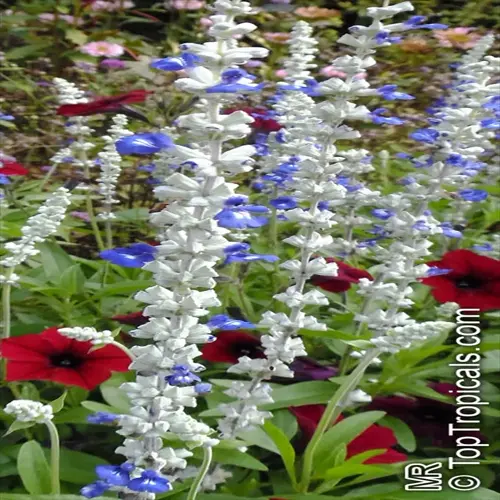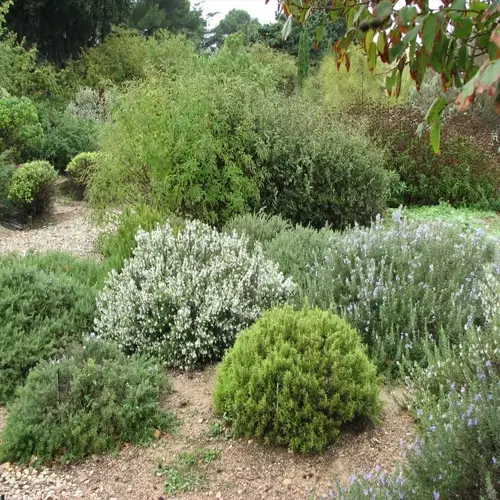Why do thyme plants develop yellow leaves?

Written by
Tina Carter
Reviewed by
Prof. Charles Hartman, Ph.D.Yellowing leaves on thyme plants indicate problems that require immediate attention. The two most common culprits are the first, spring moisture and oversaturation, and the second, nutrient-deficient conditions, both of which disrupt the normal growth patterns of your thyme plants. For years, I have recognized these problems in my herb garden through visual symptom recognition.
Water-Related Issues
- Overwatering: Soggy soil suffocates roots causing yellowing from bottom up
- Poor drainage: Compacted soil prevents oxygen reaching root zones
- Solution: Reduce watering to every 14 days and amend soil with perlite
Nutrient Deficiencies
- Nitrogen shortage: Older leaves yellow while veins stay green
- Iron deficiency: New growth shows yellow between dark veins
- Solution: Apply fish emulsion fertilizer every 3 weeks during growth
Environmental Stress
- Temperature extremes: Heat above 90°F (32°C) or cold below 40°F (4°C)
- Sun scald: Sudden exposure to intense light without acclimation
- Solution: Provide afternoon shade cloth and wind protection
Before assuming a nutrient problem, assess soil moisture. Stick your finger 2 inches (5 cm) deep in the soil near the impacted plants. Moisture is a sign of overwatering, while dry soil indicates a deficiency. I keep a moisture meter on hand for accuracy, so the moisture reading is not determined by guessing the level of moisture.
Make drainage adjustments immediately for waterlogged plants. Incorporate 30% perlite into the topsoil and make planting mounds. If in containers, make sure there are no blocked holes. My thyme bounced back in 10 days after the amendments were made.
Use organic fertilizers properly. You should dilute fish emulsion to a half-strength solution to prevent burning. Water the soil before the application. Reapply just every three weeks during the active growth period. Following this schedule, I have green new growth in 14 days.
Check for pest infestations that cause yellow speckling. Spider mites create a fine webbing underneath the leaves, while aphids will often cluster on the leaves' stems. Apply insecticidal soap sprays early in the morning when beneficial insects are inactive and the weather is cool to achieve the most effective treatment.
Observe the overall plant recovery progress after treatment. Healthy plants will show new green growth within two weeks of receiving treatment. Remove severely yellowed leaves to help redirect energy into any remaining green, healthy development. If no improvement is seen, assess the plant for root rot, as it may need to be propagated from cuttings.
Read the full article: How to Grow Thyme: Ultimate Beginner's Guide

